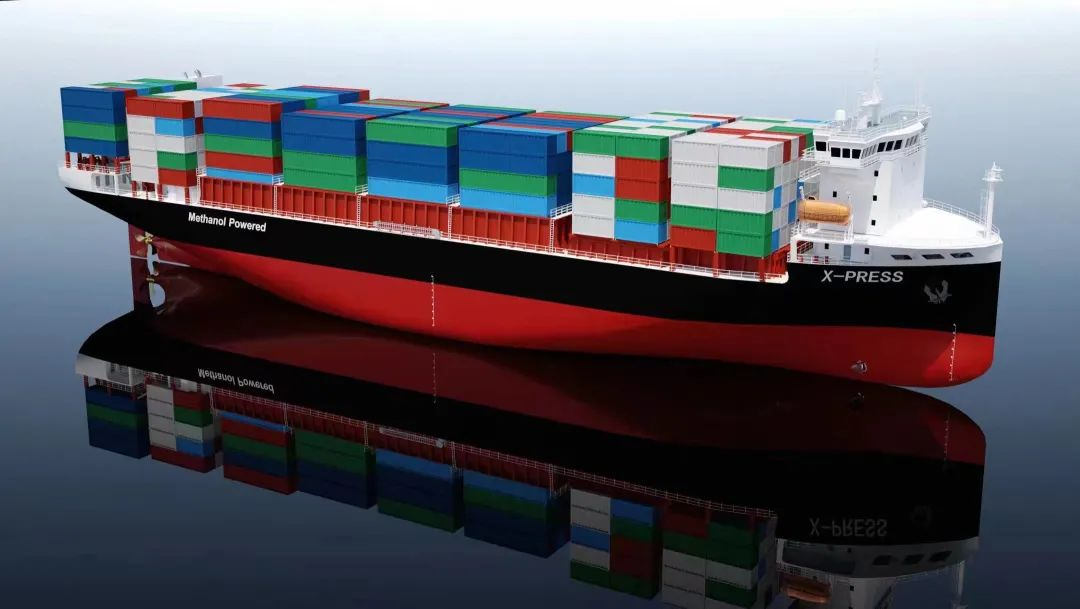Recently, CSSC Power (Group) Co.,Ltd (short for “CPGC”) signed a contract for 6+2 units of 5S50ME-C9.6-LGIM+EcoEGR type methanol dual fuel engines with CSSC Huangpu Wenchong Shipbuilding Co.,Ltd (short for “Huangpu Wenchong”).

The engine, model 5S50ME-C9.6-LGIM+EcoEGR Tier III, is the first methanol dual-fuel main engine of this type in China, and will be used in the 1,250 TEU methanol dual-fuel open-top container vessel built by Huangpu Wenchong for Singaporean shipowner X-Press Feeder Group.

The methanol dual-fuel main engine ordered by Huangpu Wenchong is a two-stroke, single-acting five-cylinder engine with a nominal maximum sustained power of 8,000kW*117rpm and a selected maximum sustained power of 6,650kW*109rpm. According to relevant information, the use of methanol fuel can reduce greenhouse gas emissions as much as 95%, reduce nitrogen oxide emissions as much as 80%, and can meet zero emission of sulfur oxides and particulates.
Currently, LNG and methanol are still the most popular alternative fuels in shipping market today, but LNG dominates. Methanol has a significant price advantage over LNG, with a lower carbon emission factor of 1.375, and methanol vessels are simpler to retrofit than LNG vessels for methanol is liquid at room temperature.Due to the uncertainty of the price and supply of LNG, newbuilding orders for methanol dual-fuel have been catching up since the beginning of this year.Maersk, one of the world’s leading carriers, has taken the lead in ordering a large number of methanol-fueled container ships and has ambitiously announced a goal of net-zero carbon emissions by 2040.Maersk is developing the bio-methanol and electro-methanol industries. Among them, offshore wind power and carbon dioxide capture are mainly used in the electric methanol, with controllable cost and obvious environmental benefits, and the application prospect is favored by the market.


